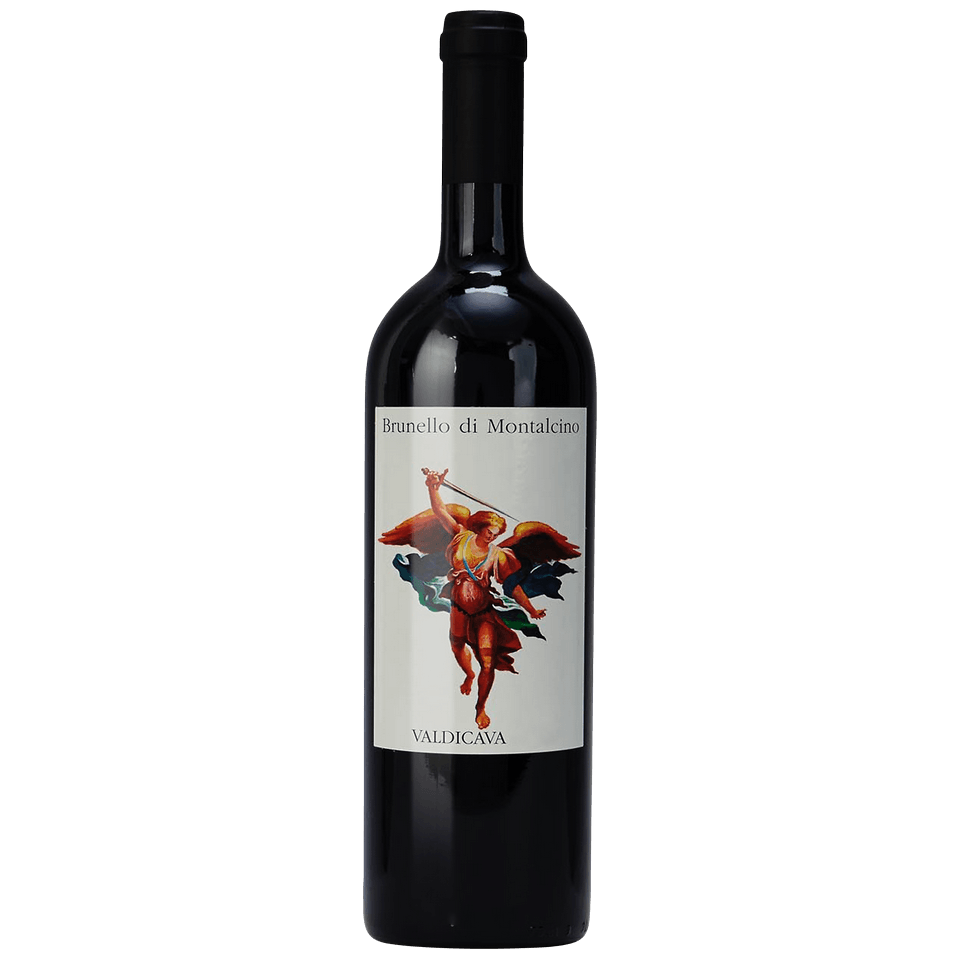The Brunello di Montalcino wine region, with its rich history and unique terroir, is a testament to the artistry and tradition of Italian winemaking. Nestled in the heart of Tuscany, this region is celebrated for producing some of the most prestigious and sought-after wines in the world, primarily from the Sangiovese grape. This article explores the historical backdrop, geographical setting, soil composition, climatic conditions, grape varieties, and the distinctive taste profile of wines from Brunello di Montalcino, offering insight into why this region holds a revered place in the global wine community.
Historical Background
The history of the Brunello di Montalcino region is deeply intertwined with the evolution of winemaking in Tuscany. While viticulture in the area dates back to the times of the Etruscans, the modern identity of Brunello di Montalcino began to take shape in the late 19th century. It was then that Clemente Santi isolated a particular strain of Sangiovese, known as Sangiovese Grosso or Brunello, which showed exceptional promise in the local terroir. His grandson, Ferruccio Biondi-Santi, further refined the winemaking process, producing a Brunello wine that could age for decades, laying the foundation for what would become one of the most esteemed wine appellations in the world.
With its warm and dry climate, Montalcino fosters optimal grape cultivation conditions, contributing to the exceptional quality and diversity of the region’s renowned Brunello di Montalcino wines.
Geographical Location
Brunello di Montalcino is located in southern Tuscany, around the picturesque hilltop town of Montalcino. The region’s vineyards are spread across the rolling hills surrounding the town, with altitudes ranging from 120 to 600 meters above sea level. This variation in elevation not only affects the microclimate of each vineyard but also contributes to the complexity and variety of the wines produced in the region.
Soil Profile and Climatic Conditions
The soils of Brunello di Montalcino are diverse, with a mix of limestone-rich marl, clay, schist, and volcanic soils. This variety is crucial in imparting the wines with their characteristic minerality and depth. The region benefits from a Mediterranean climate, featuring warm, dry summers and mild winters. The combination of these soil types and climatic conditions creates an ideal environment for the Sangiovese grape to thrive, allowing it to develop its full aromatic and flavor potential.
Grape Varieties
While Sangiovese is the star of Brunello di Montalcino, it is specifically the Sangiovese Grosso clone that is used to produce Brunello and Rosso di Montalcino wines. This clone is favored for its ability to produce robust, long-lived wines that capture the essence of the Montalcino terroir. In addition to Sangiovese, producers in the region may also grow other grape varieties for use in wines labeled under the broader IGT Toscana classification, including international varieties such as Cabernet Sauvignon and Merlot, although these play a secondary role to the iconic Brunello.
Taste Profile of Wines
The hallmark of Brunello di Montalcino wines is their remarkable depth, complexity, and aging potential. These wines are known for their rich garnet color, intense aromas of red and black fruits, and layers of spice, leather, and earthy notes. On the palate, Brunello di Montalcino offers a robust structure, with high tannins and acidity that contribute to the wine’s longevity. As these wines age, they develop an even more complex bouquet, with hints of dried fruits, tobacco, and dried flowers, making them some of the most sought-after wines for collectors and enthusiasts alike.
In conclusion, the Brunello di Montalcino region represents the pinnacle of Italian winemaking, with a rich history, unique terroir, and a dedication to quality that has been upheld for generations. The wines produced here are a reflection of the land and the people who cultivate it, offering a taste experience that is deeply rooted in the tradition and beauty of Tuscany. Whether enjoyed in their youth or after years of careful aging, Brunello di Montalcino wines continue to captivate and enchant wine lovers around the globe, cementing their place as some of the finest wines the world has to offer.
With a robust character, these wines exhibit alcohol levels around 14 to 15 percent ABV, accompanied by a well-balanced tannic structure and vibrant acidity. All Brunello di Montalcino wine is exclusively crafted from Sangiovese Grosso grapes grown on the slopes surrounding Montalcino, reflecting the region’s dedication to cultivating this specific varietal to its utmost potential.
Embracing traditional and modern winemaking practices, the region continues to produce exemplary Brunello wines, alongside the “junior” version, Rosso di Montalcino, and other red and white wines classified under the IGT Toscana designation. Brunello di Montalcino stands as a testament to the enduring legacy and exceptional artistry of the Italian winemaking tradition.



















